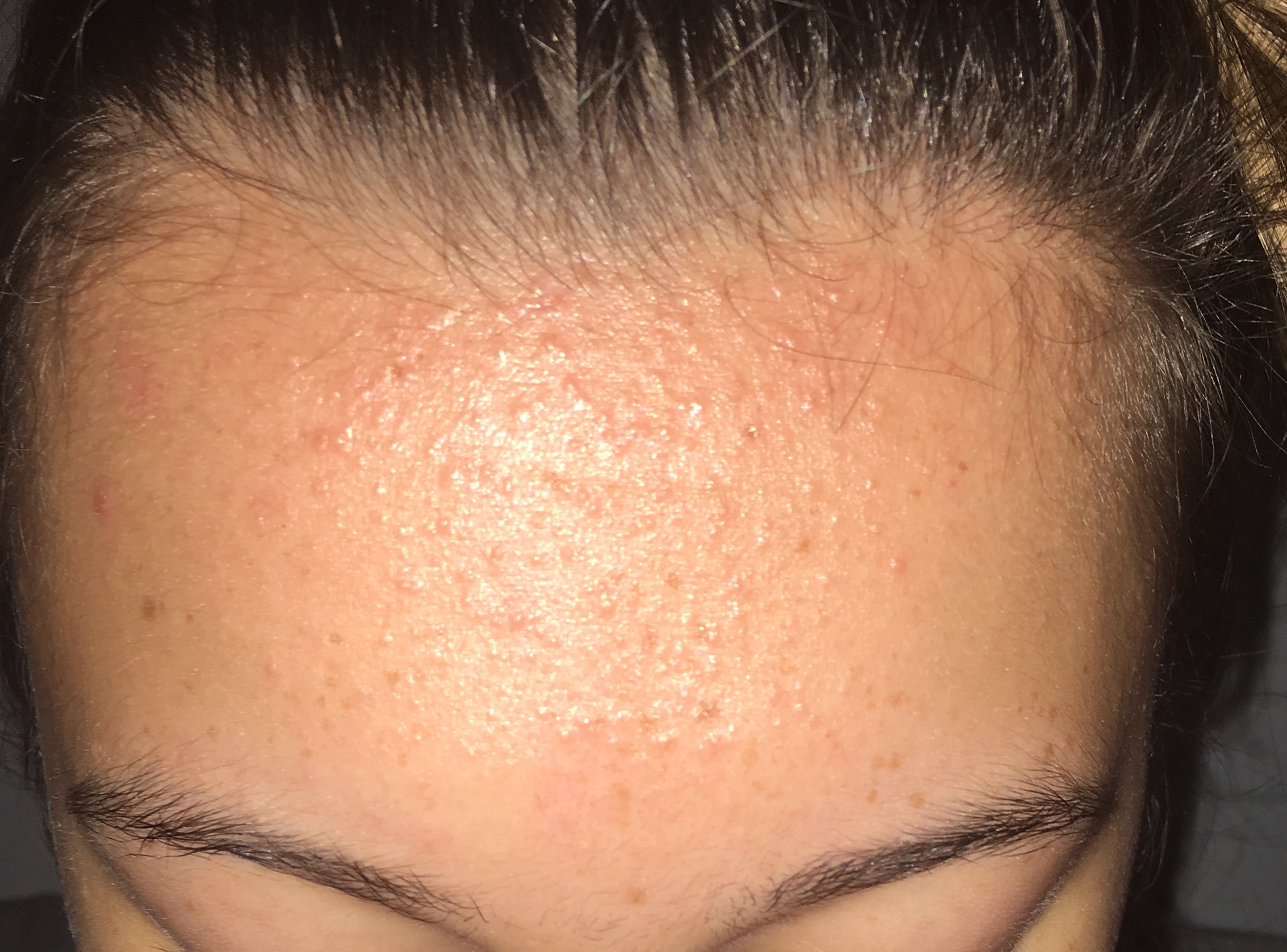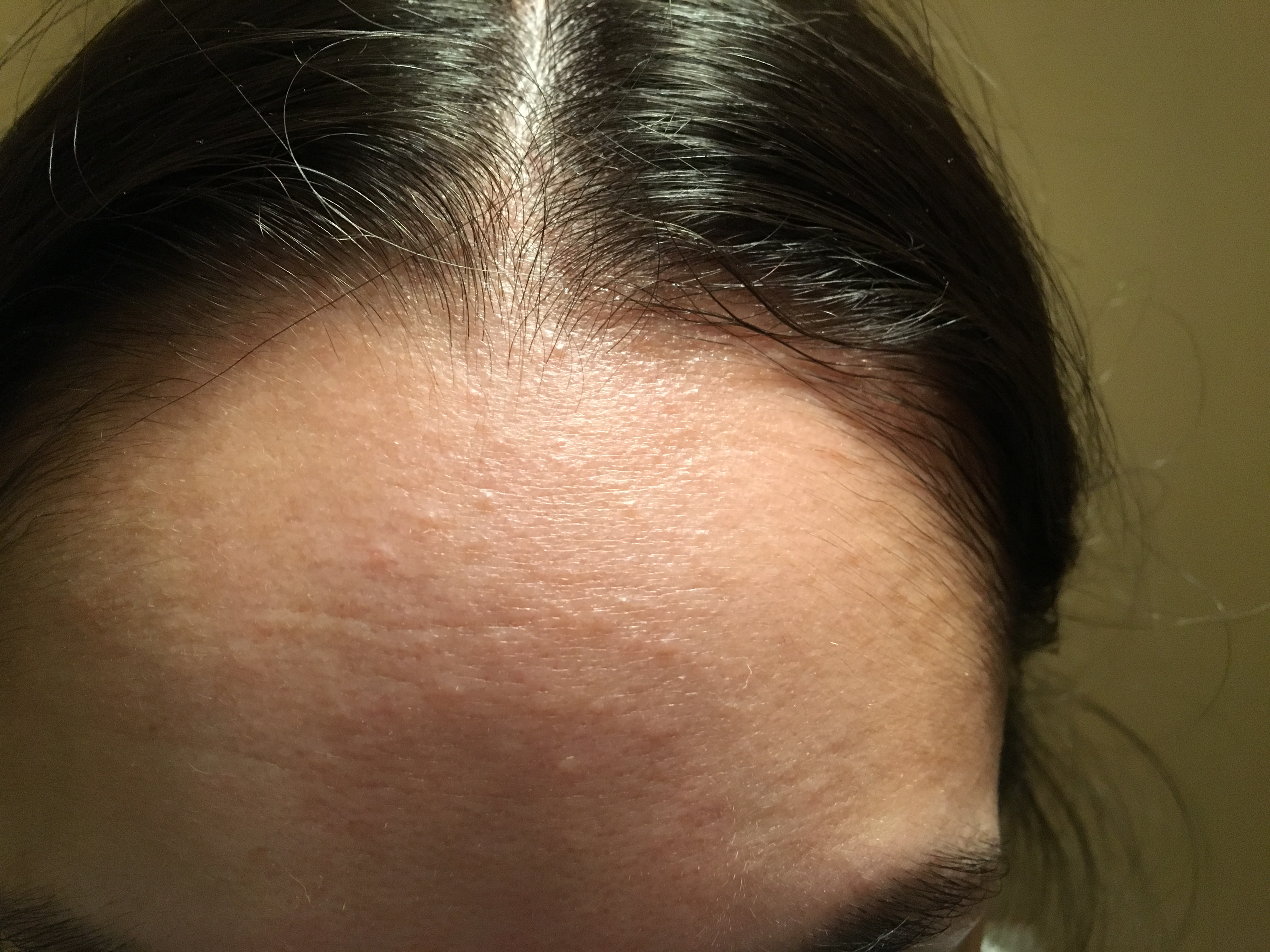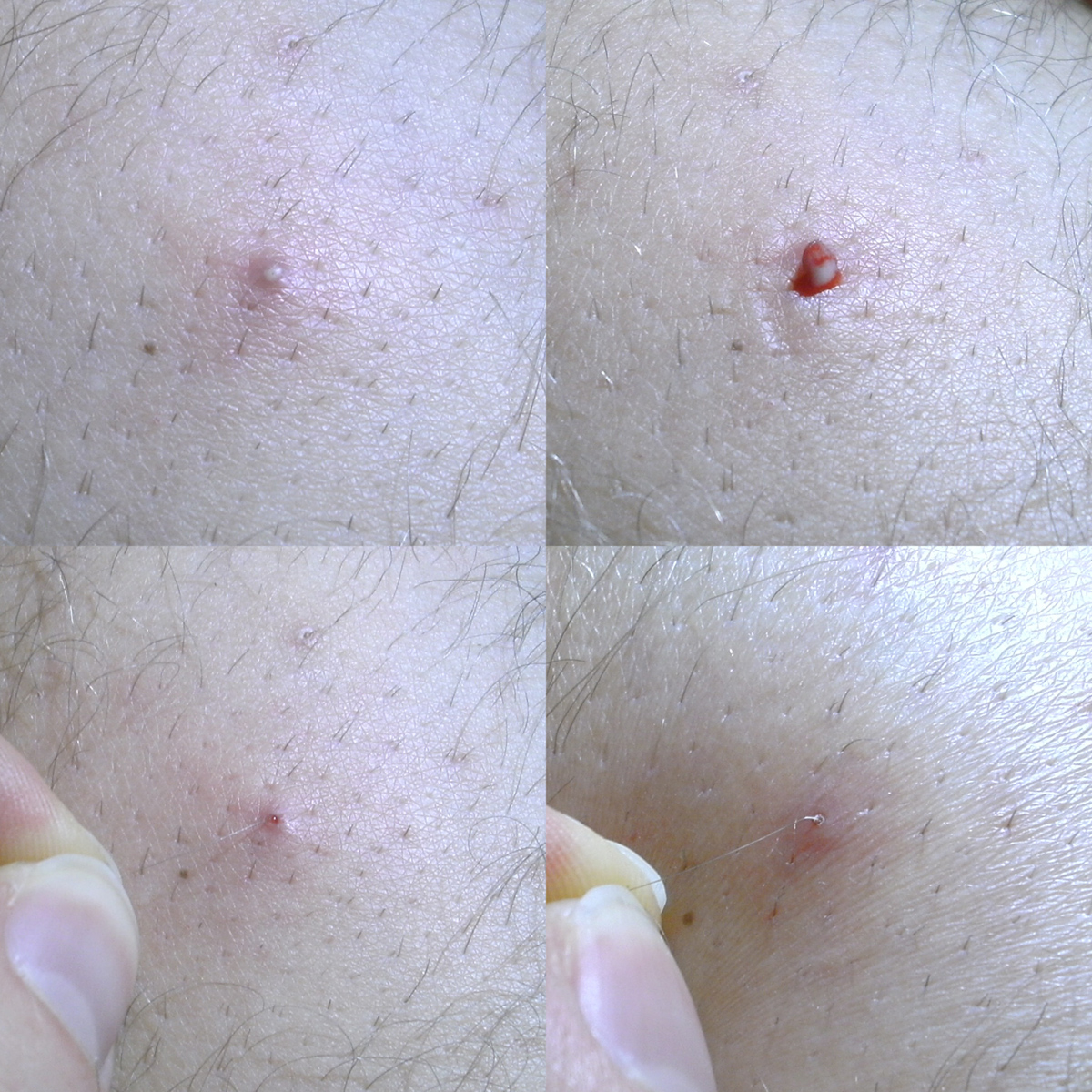Ingrown hair Diagnosis and treatment
Table Of Content

For instance, if you have a beard that you often trim, you’re more prone to having inflamed skin on your chin and cheeks. Your health care provider is likely to diagnose ingrown hair by looking at your skin and asking about your hair removal habits. If they’re not infected, some ingrown hair cysts can go away on their own. In some cases, there’s another underlying cause, such as a genetic mutation, which means they can develop again. If the pubic cyst is caused by ingrown hair, it may go away on its own, or your doctor can remove it.

Localised folliculitis
This can help ease the ingrown hair out of the skin on its own. For a severe infection, they can prescribe medication to treat it and coax the hair out. For example, prescription steroid creams can reduce inflammation, and prescription-strength antibiotic creams can treat the infection. If your infection is mild or infrequent, you may be able to use home remedies.

How we vet brands and products
You can use one of these emollients as a soap substitute until the folliculitis has cleared. If there is an infection which is spreading deeper or onto surrounding skin you should see your GP. When the scalp reacts to an irritant or allergen, such as a chemical, it can cause itchiness, a burning sensation, and sometimes blistering.
Ringworm on the scalp
"Popping them releases a blister-like fluid that contains the same virus and can easily spread to other areas, including someone else's face." When you check your makeup in the mirror, only to spot a giant you-have-no-idea-what bump staring back at you, it’s tempting to go IN on your face. When it comes to most face bumps and pimples under skin though, dermatologists agree that a hands-off approach is definitely best. One of the symptoms of gluten intolerance is a skin rash that looks similar to keratosis pilaris.
They can determine if you have an infection that needs medical treatment. Hair removal methods that don’t require shaving are less likely to result in ingrown hairs, but they don’t necessarily get rid of the problem entirely. If you’re prone to getting ingrown hairs, you may still be at mild risk even with some of these methods. Laser hair removal is a good way to get rid of ingrown hair because it destroys the underlying hair follicle.
If your cysts are hereditary, you may need ongoing treatments as they recur. If home remedies aren’t helping and the cyst does not appear to be healing, see a doctor. They can prescribe antibiotics to clear up the infection and/or determine if the cyst needs to be surgically removed. The results of electrolysis and laser hair removal are immediate. Your doctor may also recommend prescription medication if your scalp psoriasis starts to trigger other conditions, like hair loss. Soaking your skin in warm water and using special shampoos and conditioners can help soften and remove bumpy psoriasis plaques.
How do I get rid of a cyst in my pubic area?
Keratosis pilaris is easy to recognize, so medical testing isn’t usually necessary. The location and characteristics of the bumps can help you identify whether you have keratosis pilaris. But if your healthcare provider isn’t sure, they may conduct an allergy test or a biopsy.
If the underlying cause of scalp folliculitis is pityrosporum, then an oral antifungal is the best treatment. However, the topical cream does not penetrate deep into the hair follicles and may not completely clear the infection. If the cyst looks infected or didn't go away after you tried at-home treatment, see a healthcare provider. They can give you antibiotics and other treatments to keep the infection from spreading and prevent scarring. Ingrown hair cysts are small, fluid-filled sacs of tissue on the skin. They form around a piece of hair that is growing into the skin instead of out of it.
Folliculitis Decalvans
You’ll also notice that the patches are itchy and greasy, with flakes that appear white, yellow, or red in color. It is important to be aware of the chemicals in the products you use on your skin and to avoid those that can cause irritation. If you experience symptoms of folliculitis after using a new product, discontinue use and consult a dermatologist.
Butt Acne: How to Get Rid of the Bumps on Your Behind - Everyday Health
Butt Acne: How to Get Rid of the Bumps on Your Behind.
Posted: Mon, 06 Nov 2023 08:00:00 GMT [source]
If your folliculitis clears up, you may want to change your shaving technique. Washing with warm water and antibacterial soap is often enough to clean and help heal the area. You can also try a saltwater solution, or vinegar mixed with water. If none of these things does the trick, your doctor can prescribe an antibiotic you apply to your skin. You can get folliculitis “down there” because of waxing, shaving, or plucking. Wearing clothing that rubs against your skin can also lead to painful pimples in your underwear area.
11 Best Razors for Guys in 2024, Reviewed with Pictures - GQ
11 Best Razors for Guys in 2024, Reviewed with Pictures.
Posted: Tue, 06 Feb 2024 08:00:00 GMT [source]
The rash is likely to be worse in areas where your swimsuit holds water against the skin. It’s always better to be safe than sorry, and the only way to get a truly definitive diagnosis is from a dermatologist. The treatments cost about $375 per session and typically require two sessions to work; each session treats four to five spots. Otherwise, you can opt for cryotherapy to freeze them off or have them gently burned off, adds Dr. Gonzalez. Picking at these bumps under the skin won’t help either.
This will allow you to grasp only the hair and avoid damaging your skin. No, you can’t catch folliculitis decalvans from someone else. The condition sometimes affects members of the same family, but experts aren’t sure why.
Applying an over-the-counter moisturizer keeps skin hydrated, minimizing and softening the bumps. Apply moisturizer several times each day, especially after showering while your skin is still damp. If the bumps bother you, treatment with moisturizers, creams and gentle skin care may help your symptoms.
The affected skin can feel painful, hot and may be itchy. In children, it typically affects the hands, backs of the knees, insides of the elbows, scalp, and face. On a person with darker skin, the affected areas may become darker, grayish, or purplish.
Comments
Post a Comment